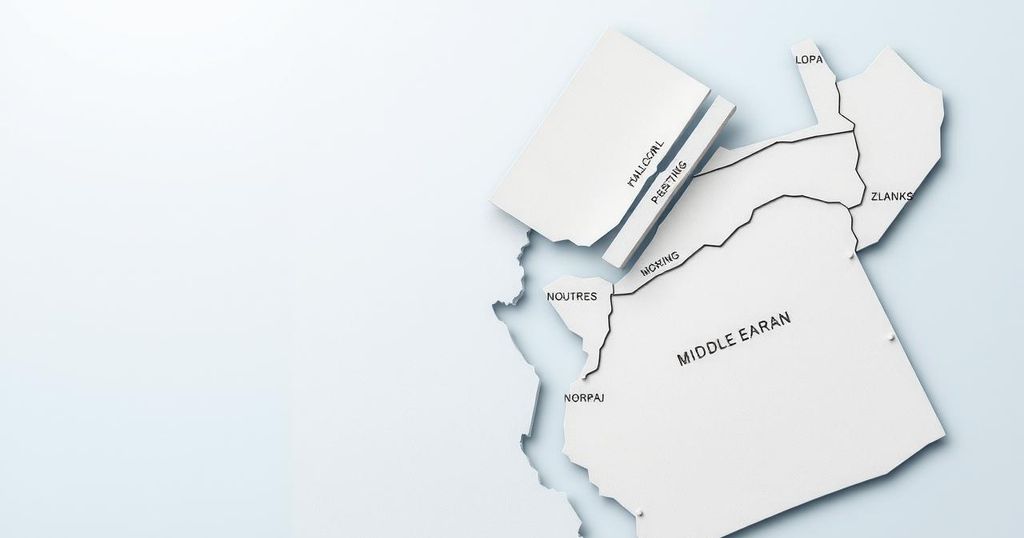Syria’s new transitional government was sworn in on March 30, 2025, following the ousting of the Assad regime. This 23-member Cabinet, which includes diverse religious and ethnic groups, operates without a prime minister under a secretary-general. The government aims to restore stability, pursue peace, and seek relief from economic sanctions, although it does not include representatives from the Kurdish-led SDF. Recent clashes highlight ongoing tensions within the country.
On March 30, 2025, Syria’s transitional government was sworn in, marking a significant moment nearly four months following the ousting of the Assad family from power. This new 23-member Cabinet aims to restore stability in the war-torn nation and reflects a mix of religious and ethnic representation, as reported by the Associated Press.
This government is the first under Syria’s five-year transitional framework and replaces the interim administration established after former President Bashar Assad’s departure in December. Unique to this Cabinet is the absence of a prime minister; it operates under a secretary-general as per the temporary constitution signed by interim President Ahmad al-Sharaa earlier this month.
Key figures in the new government include foreign and defence ministers from the interim administration, while new appointments feature individuals like Anas Khattab, the new Interior Minister, previously head of the intelligence department. President al-Sharaa has emphasized that this formation signifies a collective commitment to establishing a new governance system.
Defence Minister Murhaf Abu Qasra has pledged to prioritize building a professional army that serves the people. Notably, the government does not represent the Kurdish-led Syrian Democratic Forces (SDF) or the autonomous governance in northeast Syria despite recent ceasefire agreements.
Among the newly appointed ministers is Hind Kabawat, a Christian activist and former opponent of Assad, who becomes Minister of Social Affairs and Labour. Another noteworthy appointment is Raed Saleh, former head of the White Helmets, designated as Minister for Emergency Disasters. Mohammed Terko, a Kurdish politician, assumes the role of Minister of Education, while Mohammed al-Bashir, previously leading the interim government, becomes Minister of Energy to address the country’s electricity and oil recovery issues.
The primary objective of this government is to cease ongoing hostilities and foster peace. In the wake of significant clashes resulting in high casualties among the Alawite sect, the government demonstrates its commitment to inclusivity in its political approach by including various representatives, aiming to garner support from Western nations.
The establishment of this diverse government is also strategic in persuading Western countries to consider lifting long-standing economic sanctions imposed on Assad’s regime, as the UN reports indicate that approximately 90% of Syrians live under the poverty line. Simultaneously, the US State Department has issued a warning about potential threats during the Eid al-Fitr holiday, advising caution to American citizens in the region.
In conclusion, the new transitional government in Syria symbolizes a pivotal step towards restoring stability and inclusive governance following years of civil conflict. Its formation, diverse composition, and strategic appointments reflect a commitment to peace and a desire for international support, particularly from Western nations regarding sanctions. As the government sets out to address pressing issues, it faces significant challenges, including escalating violence and the need to unify various factions within the country.
Original Source: indianexpress.com




